
Published: Last Updated:
Readtime: 10 min
Every product is carefully selected by our editors and experts. If you buy from a link, we may earn a commission. Learn more. For more information on how we test products, click here.
Whether you’re a Guinness devotee who already knows the exact tilt of the glass or a curious newcomer wondering why people are staring intently at a settling pint, today, we will explain how to “Split the G.”
Guinness Golf, more commonly called “Splitting the G,” turns every round into a light-hearted skills challenge, rewarding steady hands and sharp eyes with bragging rights and a well-poured stout.
We’re explaining the unofficial rules, the etiquette that separates friendly banter from outright blarney, and a few pro tips to impress even the most seasoned bar staff. Are you ready to master the most Irish mini-game since pub trivia? Grab a fresh pint, let it settle and read on.
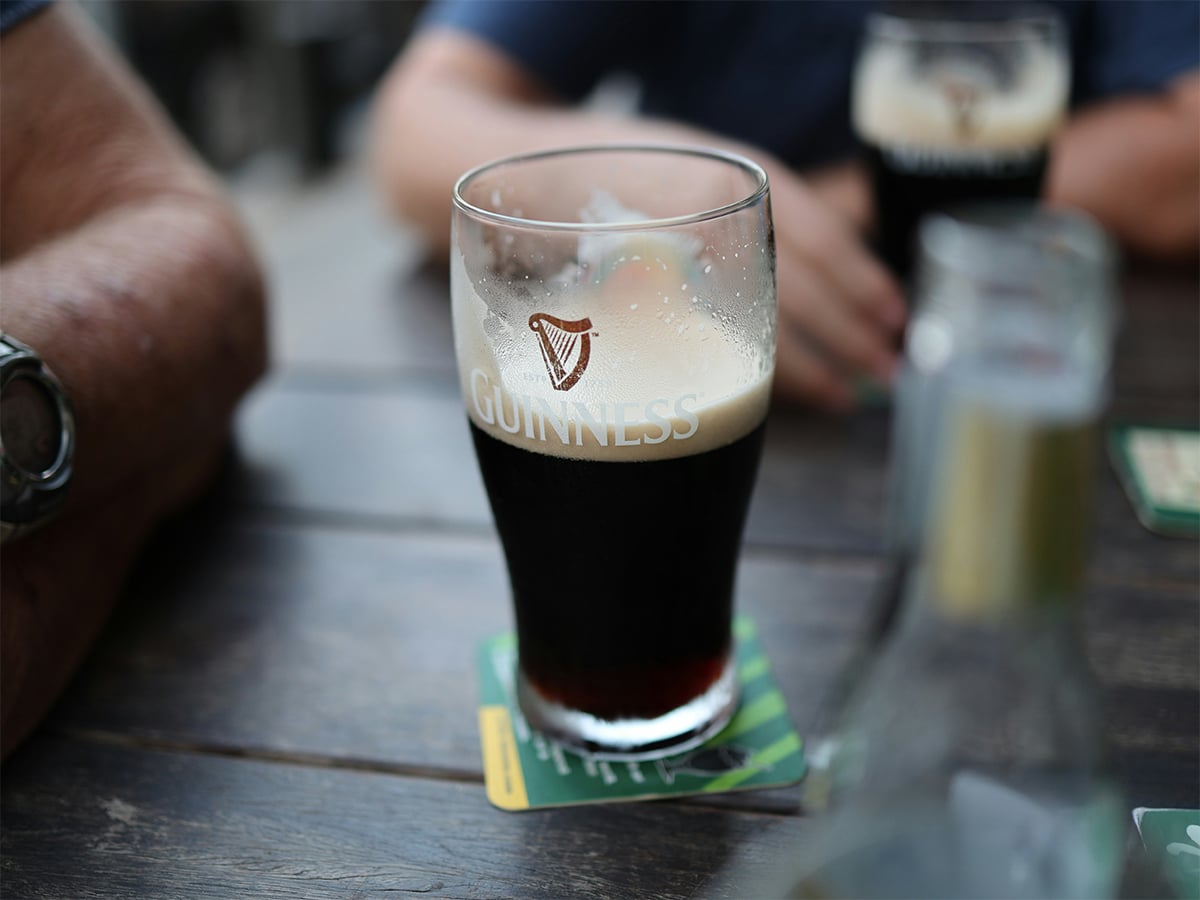
What is Splitting the G?
Splitting the G is a Guinness drinking challenge in which drinkers attempt to take a large single sip of beer so that the bottom of the Guinness foam line aligns perfectly with the gap in the middle of the ‘G’ in the Guinness logo.
Essentially a visual feat, the trick is to estimate precisely how big a gulp will take to make the beer and foam divide the “G” on the glass.
Beer drinkers in Australia know all about drinking games like “thong toss” (where participants try throwing their thong sandals further than their mates), beer pong, and other elaborate competitions. However, the biggest appeal of “Splitting the G” is its simplicity. Buy a pint of Guinness and a thirst for a well-made, robust beer and a thirst to best your mates in a bit of competition.
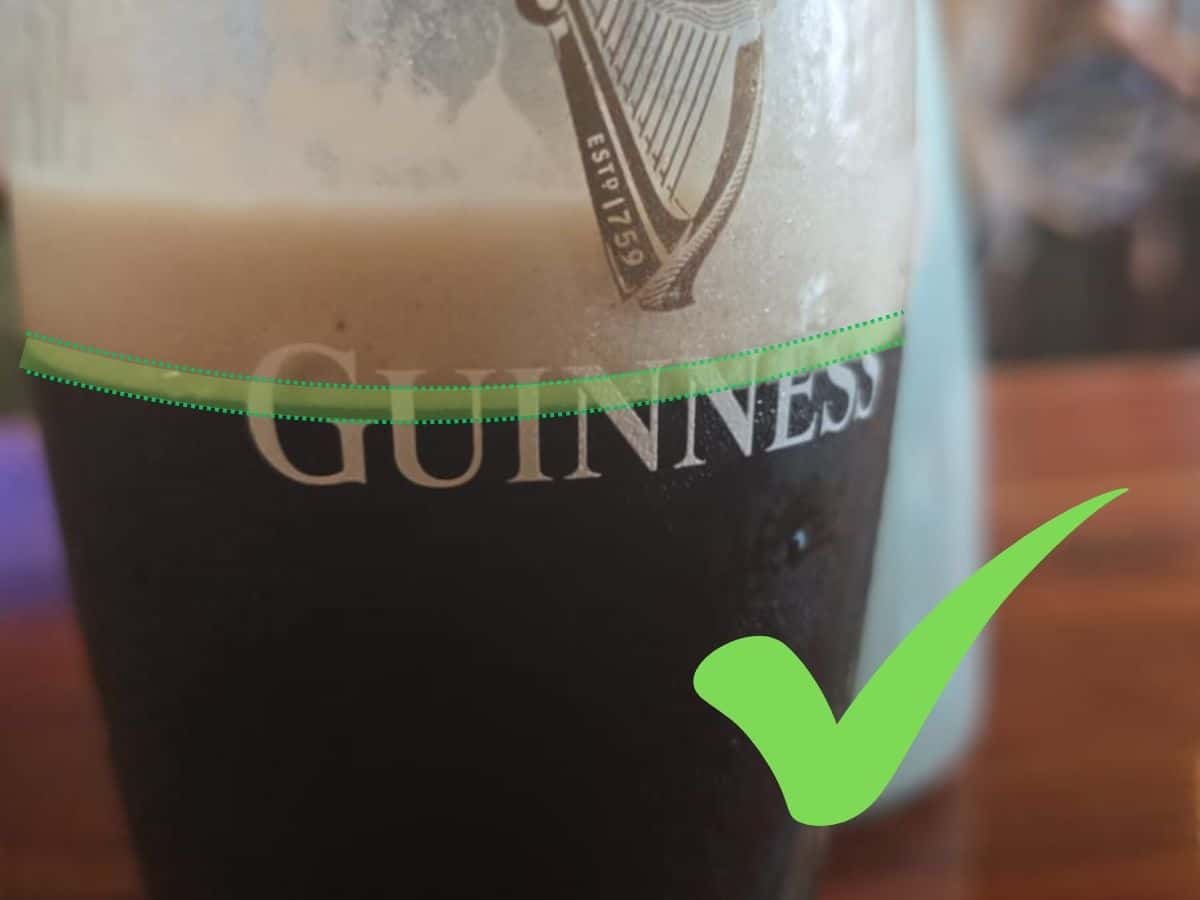
How to Split the G
The drinking game that takes days to perfect and years to master, ‘Splitting the G,’ is simple and effective. It is played with your mates when you go to the pub for a round, and can only be done with a Guinness beer poured into a traditional Guinness pint glass.
Here’s a breakdown of how to ‘Split the G’:
- Start with a fresh pint of Guinness: Ensure that the pint is poured correctly.
- Leave the pint to settle: Wait for 60-90 seconds.
- Take a large, uninterrupted sip: Take a large sip (you can gulp multiple times).
- Goal: Estimate the amount you need to drink so that the foam aligns with the gap in the G.
- Assess your result: Place the pint on a flat, level surface (holding it is not okay).
- Goal: The line between the beer and the creamy foam should stop in the gap within the G*.
- Celebrate: If you’ve done it correctly, you’ve successfully ‘Split the G’.
*Some might allow the foam to settle if you’ve slightly missed your mark or overestimated. Once the beer has fully settled after your sip, you can usually get an extra 2-3mm height.
NOTE: No official Guinness guidelines exist as the brand can’t promote drinking alcohol this way.
That makes it a cultural practice with varying interpretations. So, you can take Man of Many’s interpretation as the unofficial yet authoritative Split the G rules. Some argue that “Splitting the G” means aligning the beer level exactly on the horizontal line of the “G” in the Guinness logo, but this is not the widely accepted ‘G Split’ in Australia.
If your ‘G Split’ is controversial, use this web-app as the umpire. You take a picture of a Guinness, and the app will give you a score of how well you split the G.
Tips and Tricks to Help Split the G
Here are some handy strategies for achieving a perfect ‘G-Split’:
- Get the perfect angle: Memorise the magic tilt angle from your last triumph.
- Visual method: Turn the Guinness logo to face away from you. Assess the height of the foam (say if it’s 1.5cm). As you drink, try to wait until the top of the foam is near the split in the G or close to the bottom of the Guinness logo. Once you level out the beer, it should be pretty bang on.
- Estimation method: Close one eye, pretend you are a human spirit level, and trust the wisdom gained from, let us be honest, far too many practice pints from previous splitting the G attempts.
- The counter: Decide it is exactly three gulps, take exactly three gulps, and immediately argue with everyone who reckons it was four.
- Seasoned professional: Replace every household water glass with a Guinness pint and drill daily practice with water until the family stages an intervention (this method is found upon, and we wouldn’t tell your mates).
- Cheating method: Your mate who holds the glass at an angle to show he’s split the G when they are only cheating themselves.
Again, any athlete knows their strengths and limitations, so a practised drinker will understand what each gulp can do. Because of the sweet and creamy flavour mixture, chilled at the right temperature, and fighting the urge to drink most of it down on the first drink, a seasoned athlete will know they need to show restraint without chugging the whole thing, winding up in the rough, or overshooting into a sand trap.
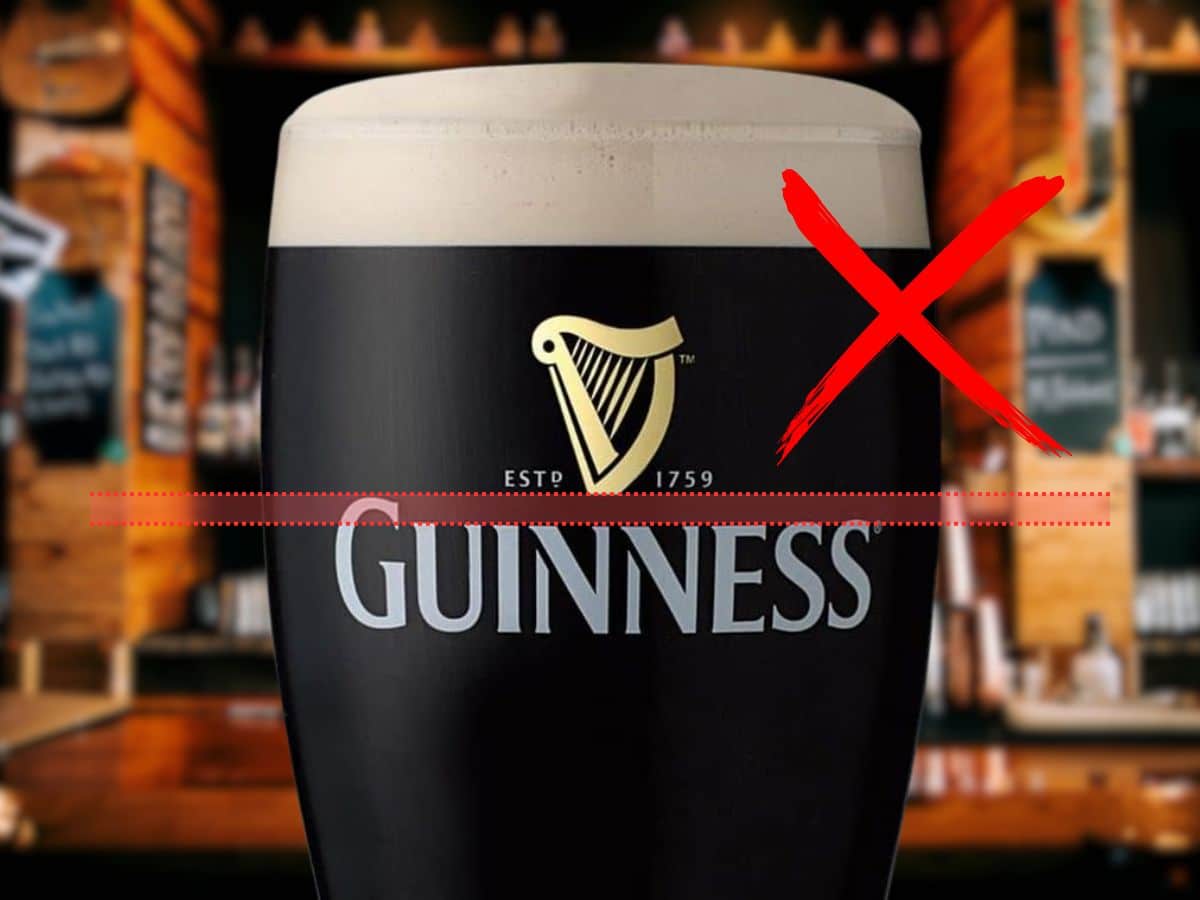
How NOT to Split the G
Even the usually sharp Betoota Advocate tripped over this one and, tongue firmly in cheek, we are blaming the slip on its Queensland pedigree, because plenty of our mates north of the Tweed also muddle “Guinness Golf” with the much narrower challenge of “Split the G.”
While it is literally in the name, some punters insist the head merely needs to settle anywhere between the foot of the harp and the top of the wordmark, but that is a different game altogether, and calling it Splitting the G is like calling a dropped pie a meat pie. Anyone who attempts this is entirely wrong.
If you’re wondering where the harp even comes from, it originates from Brian Boru, celebrated throughout Ireland. Boru fought to unify the warring kingdoms and clans of Irelan,d and his harp has been a symbol of Ireland finding its way on its flags, coats of arms, and attributed to the rich history. Brian Boru’s Harp is displayed in Trinity College’s Long Room, alongside the Book of Kells and other artefacts. The harp of Brian Boru also found its way to become the official mark of Guinness.
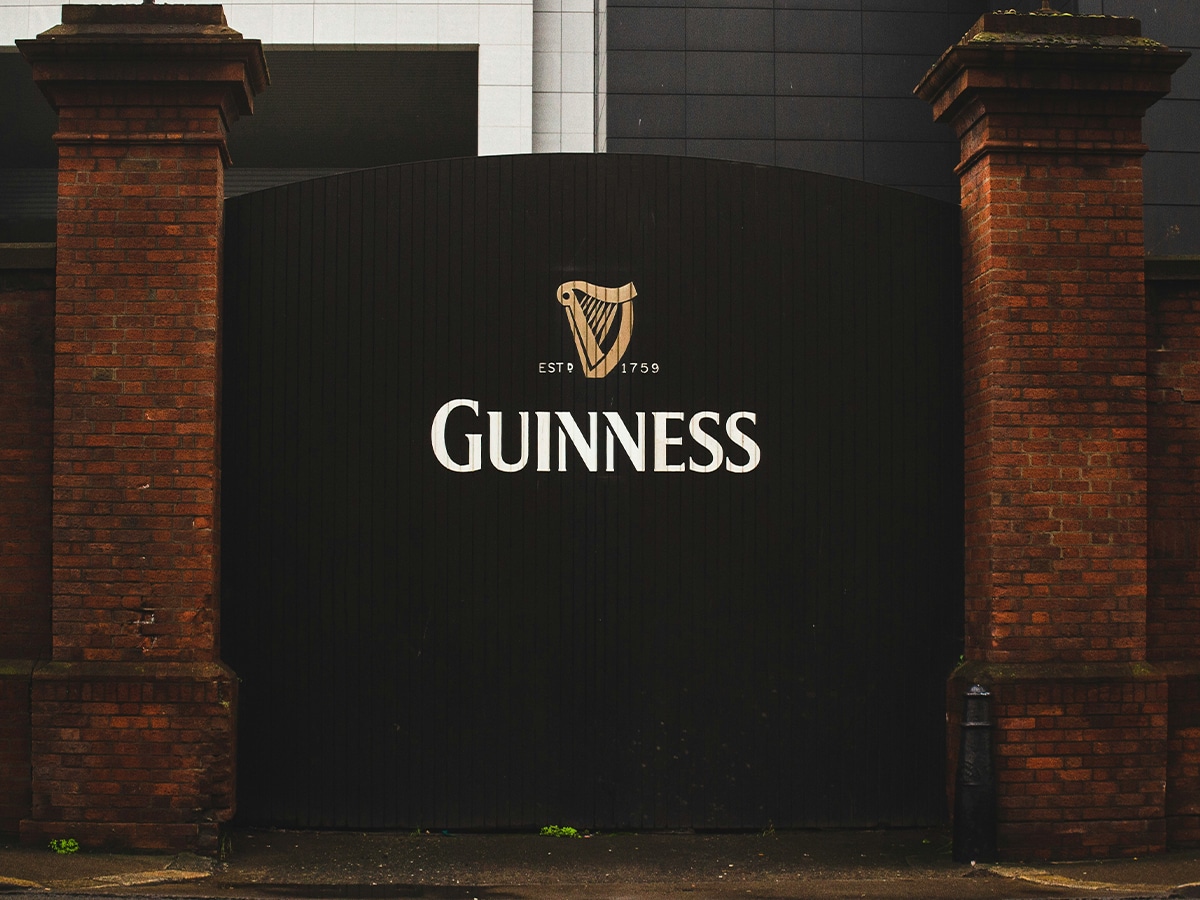
The Murky Origins of Splitting the G
Guinness has existed since 1759, when brewer Arthur Guinness established his brewery at St. James Gate in Dublin, Ireland. Within a few steps from the docks, or quays, of the River Liffey, Guinness saw an opportunity to take over a defunct brewery. History shows he leased the property for the next 9,000 years for £45 per year. He began shipping his product to England, starting with ale and porter beers, but soon found a niche for a new recipe for stout.
Since then, the predominant product of the Guinness brewery has been going strong, and the facilities have grown to several acres. The stout is known around the world and enjoyed on more occasions than St. Patrick’s Day. Guinness arrived in Australia and New Zealand in the mid-1800s. The extra hops meant that it could withstand the long haul from Ireland over the span of several months.
Like many seemingly silly bar-related games, the origins of ‘Splitting the G’ aren’t fully known. It likely started in a pub somewhere (maybe Ireland?) as a goofy game between mates enjoying pints of Guinness together after a long work day. Recently, it’s taken off on social media with Guinness Stout drinkers taking to TikTok and other platforms to show off their Guinness drinking prowess. Even celebrities like John Cena, Joe Jonas, Ed Sheeran, Paul Mescal, and Jason Momoa got in on the chugging action.
You might be surprised to learn that Guinness has nothing to do with the ‘Splitting the G’ phenomenon. While all the social media videos and tags are a boon for the brand, Guinness didn’t start this trend. But, like any innovative beer brand, it’s leaning in as much as possible.
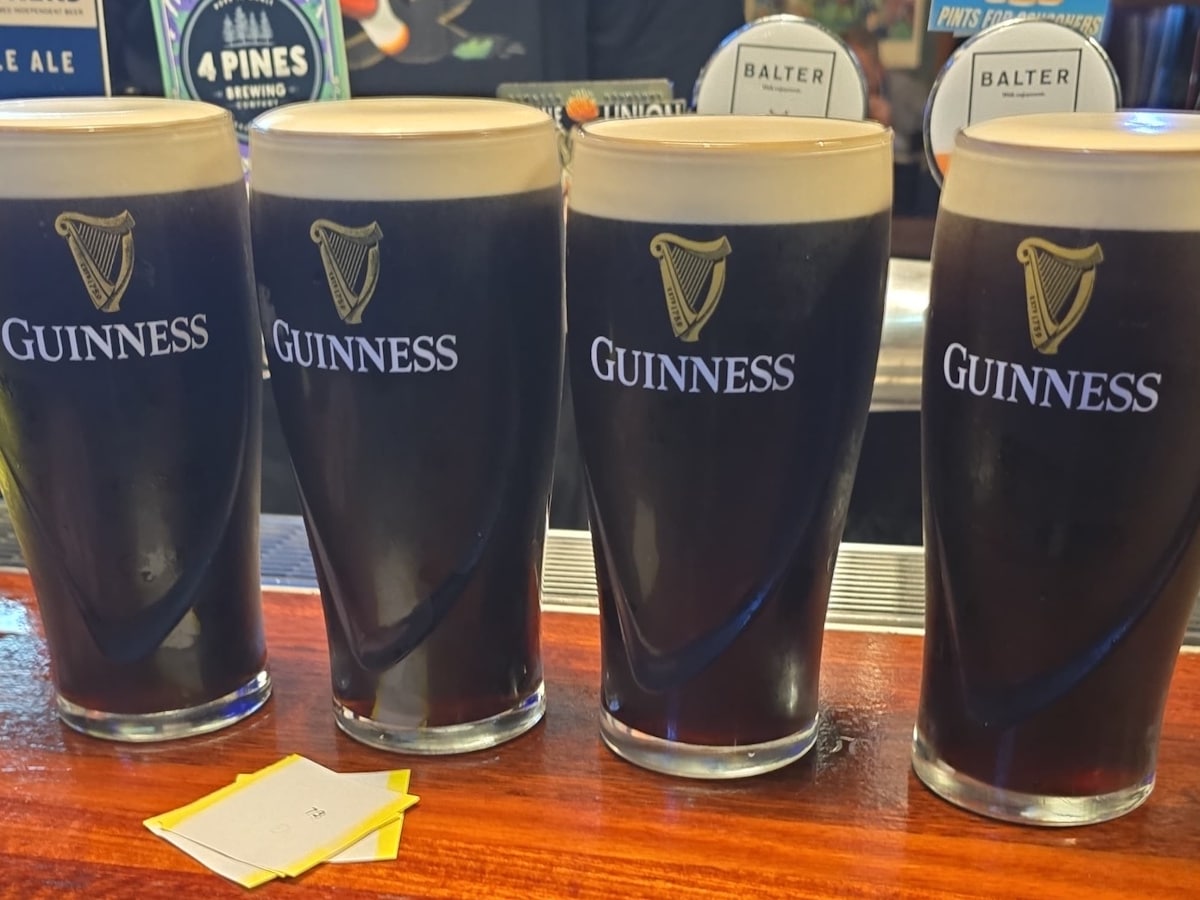
What You Need to Know About Guinness
When poured correctly, a pint of Guinness is one of the most beautiful sights in the world. Its colour is so dark brown that it’s borderline black; the type of darkness you’d find if you were lost in the woods on a moonless night, far from the city’s twinkling lights. When poured correctly, it should have just a hint of a creamy head that’s so perfect in appearance and size that it practically calls to you from across the room like a siren’s song.
Guinness Stout Specifications:
- ABV: 4.2%
- Ingredients: Brewed from malted barley, water, yeast, and hops.
- Consistency: Rich and creamy.
- Colour: Deep, reddish black, forming a creamy white head.
Before your first sip, aromas of dark chocolate, caramel malts, and roasted coffee beans swirl in your nostrils. Sipping it reveals notes of roasted malts, freshly brewed coffee, dried fruits, chocolate, and a gentle, dry finish that leaves you craving more. All in all, few things in life are more exceptional than when a perfectly poured Guinness Stout is placed in front of you in a busy bar.
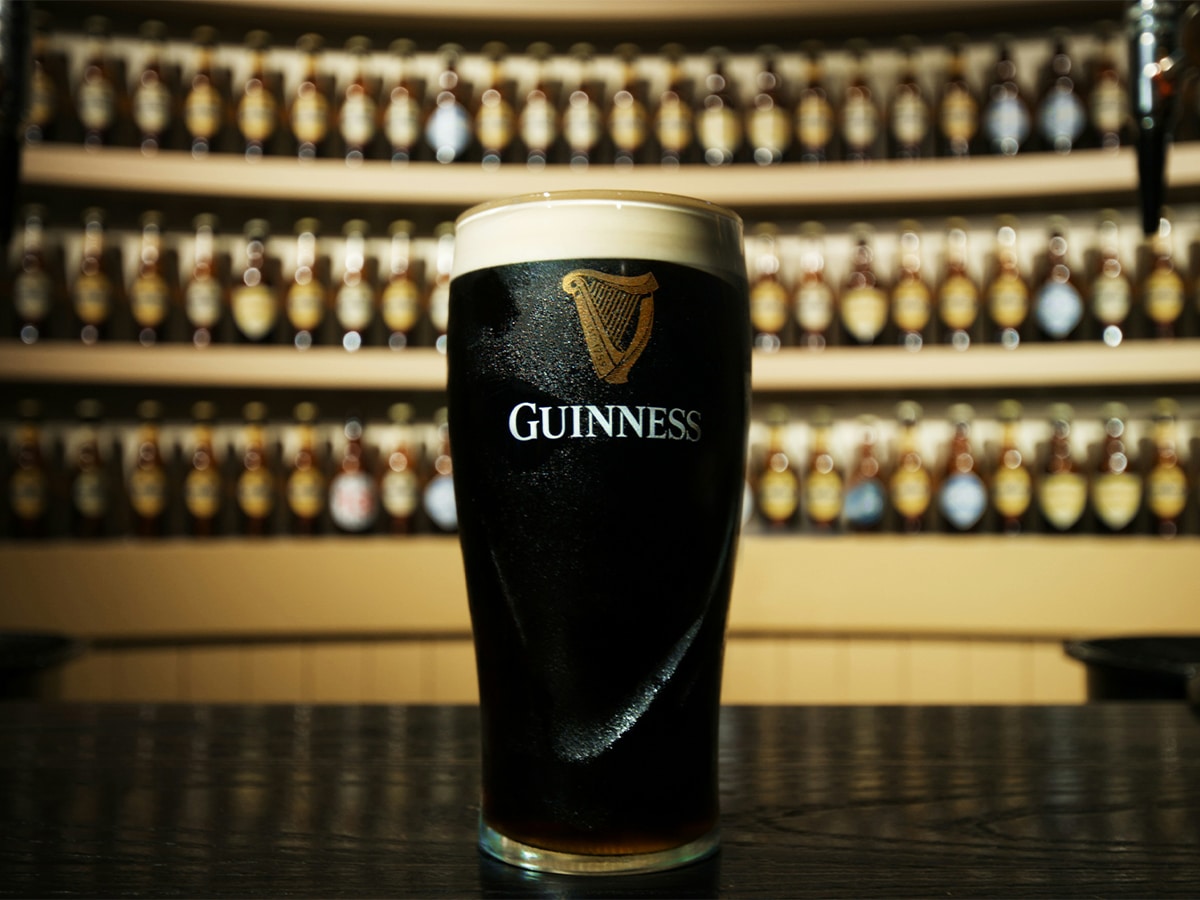
How to Pour the Perfect Guinness
Before you start splitting the G, you (or your bartender) need to learn how to pour the perfect pint of Guinness from a beer tap with our easy step-by-step guide.
- Rinse and chill a clean Guinness glass.
- Hold the glass at a forty-five-degree angle under the tap, with the spout just inside the rim.
- Pull the handle entirely towards you and let the stout hit the inside wall, filling the glass to the golden harp (about two-thirds full).
- Set the glass on the bar and let it settle for about ninety seconds until the surge stops and the body turns deep ruby black.
- Return the glass upright under the tap, gently push the handle away from you, and top up until a creamy dome sits just above the rim.
- Wipe any drips, present the pint with the logo facing the drinker, and enjoy the nods of approval.
Split the G FAQs
It is the challenge of taking your first sip so the foam and beer line sits exactly in the middle gap of the G on the branded glass.
Pour a proper Guinness pint, let it settle for about ninety seconds, then take one steady gulp until the creamy head rests halfway through the gap in the G within the Guinness logo on the glass.
Roughly ninety seconds, just long enough for the surge to finish and the stout to turn deep ruby black beneath a firm white cap.
True Splitting the G targets the gap inside the G (or some say exactly in line with the horizontal line in the G). Lining up with the harp is a different, easier game, some people call Guinness Golf.










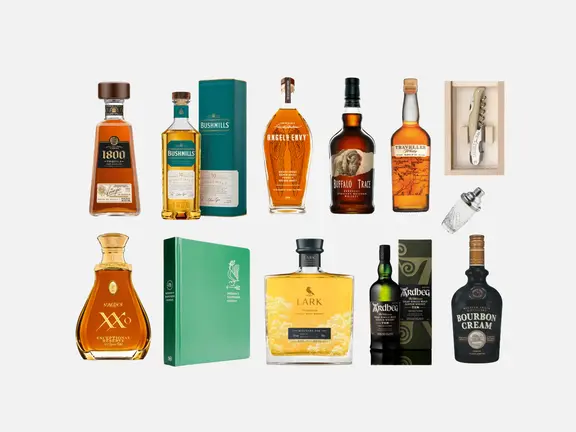






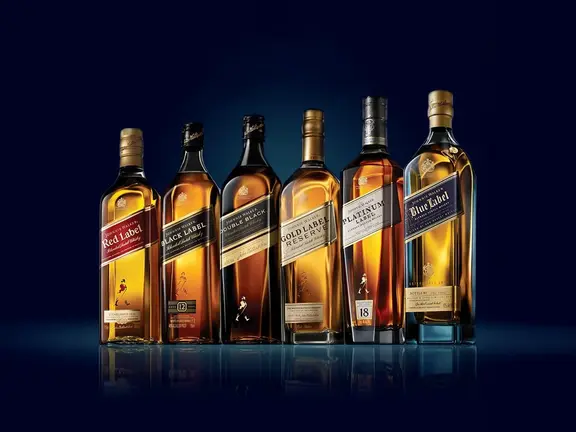













Comments
We love hearing from you. or to leave a comment.